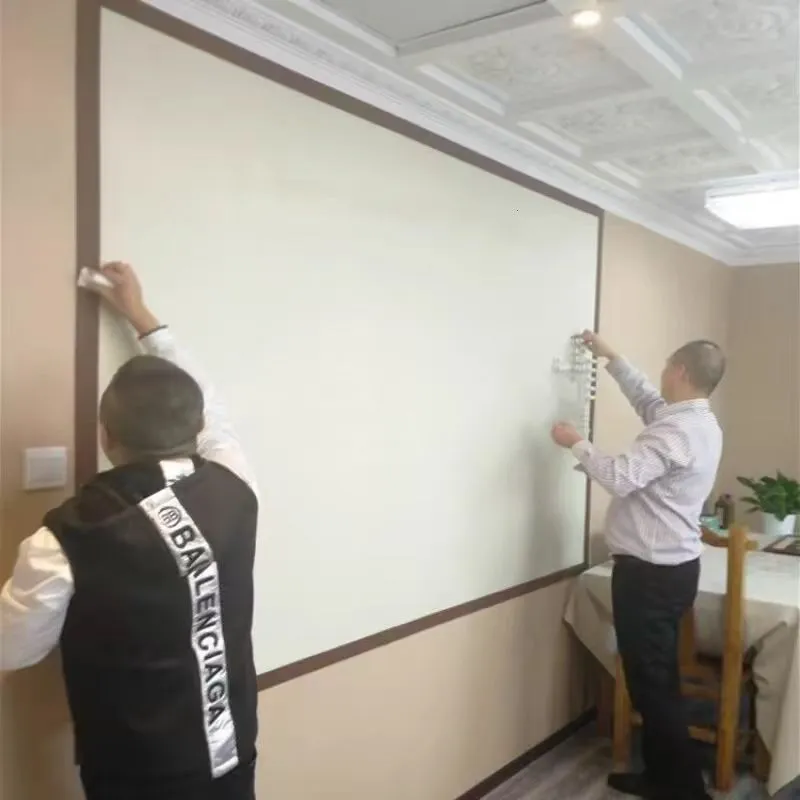wet felting supplies
Exploring Wet Felting Supplies Your Guide to Getting Started
Wet felting is a captivating and ancient craft that allows artists and hobbyists to create a variety of textured, colorful, and functional pieces using wool. With just a few basic supplies, you can dive into this art form and produce everything from decorative items to wearable art. In this article, we will explore the essential wet felting supplies you need to get started and some tips to enhance your crafting experience.
1. Wool Roving
The primary material for wet felting is wool roving. This unspun wool is available in various colors and fiber blends, allowing for endless creative possibilities. Merino wool is a popular choice due to its fine texture and softness, making it perfect for delicate projects. Corriedale, Romney, and Shetland wools are also great options, known for their resilience and easy felting properties. When selecting wool, consider the type of project you want to create; different wool types lend themselves better to specific applications.
2. Bubble Wrap
Bubble wrap is a fundamental supply for wet felting, serving as both a work surface and a tool for agitation. Lay down a sheet of bubble wrap, bubble side up, to create a textured base for your project. As you felt, the bubbles help to manipulate the fibers, encouraging them to interlock. Some felters prefer using bubble wrap with larger bubbles for thicker projects, while smaller bubbles can be used for finer details. It’s an inexpensive and effective way to enhance your felting process.
3. Soap
Using soap is crucial in wet felting, as it helps lubricate the fibers and enables them to mesh together. Bar soap, liquid soap, or even dish soap can be used. Just avoid soaps with additives like moisturizers or fragrances, as these can interfere with the felting process. Simply dissolve a small amount in water to create a soapy solution, which will be applied during the felting stages to help grip the fibers.
4. Water
Water is a vital component in the wet felting process. It helps to activate the wool fibers, enabling them to expand and contract, which enhances felting. Warm water is generally more effective than cold, as it helps to open up the wool fibers more quickly. However, be cautious with water temperature, as too hot can cause the wool to felt too rapidly and potentially create a dense fabric.
wet felting supplies

5. Towel
Having towels on hand is essential for absorbing excess water throughout the felting process. After each stage of felting, you will likely need to roll your project in a towel to remove water or to help shape and compress the fibers. Moreover, towels provide a convenient way to manage the mess that can accompany wet felting and are handy for protecting surfaces.
6. Rolling Pin or Foam Noodle
In addition to bubble wrap, a rolling pin or a foam noodle can be used to apply pressure evenly across your project. This tool helps to compress the fibers, which is especially effective during later stages of the process. While rolling pins are common, foam noodles offer a softer pressing option, which reduces the risk of flattening delicate details.
7. Templates and Resist Materials
If you’re looking to create specific shapes, templates made from cardboard or plastic can be highly beneficial. These resist materials help sculpt the wool into the desired form, making it easier to achieve precision, especially with complex designs. Once the felting process is complete, these resist pieces can typically be removed, revealing your sculpted wool masterpiece.
8. Additional Tools
Depending on your project, you may also want some additional tools that could enhance your wet felting experience. For intricate details, a pair of sharp scissors can be used for cutting felted pieces after they have dried. For those looking to explore more complex designs, felting needles, and needle felting mats can also help.
Conclusion
Wet felting is a delightful and creative way to explore the world of fiber art. By gathering these essential supplies—wool roving, bubble wrap, soap, and more—you’ll be well-equipped to embark on your felt-making journey. With a bit of practice and experimentation, you’ll find joy in crafting unique pieces that showcase your personal style. So gather your materials and let your imagination run wild in the vibrant world of wet felting!
-
What Makes Felt a Great Choice?NewsNov.19,2024
-
Total Mixed Ration (TMR) Feed for CattleNewsNov.19,2024
-
The Ultimate Guide for Felt Polishing WheelsNewsNov.19,2024
-
Industrial Felt for Various ApplicationsNewsNov.19,2024
-
Felt Makeup Bags and Inserts BagsNewsNov.19,2024
-
Choosing the Right Hotel TowelsNewsNov.19,2024
-
Your Go-To Guide For Affordable Wholesale Wool FeltsNewsOct.31,2024







